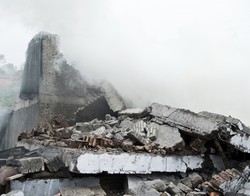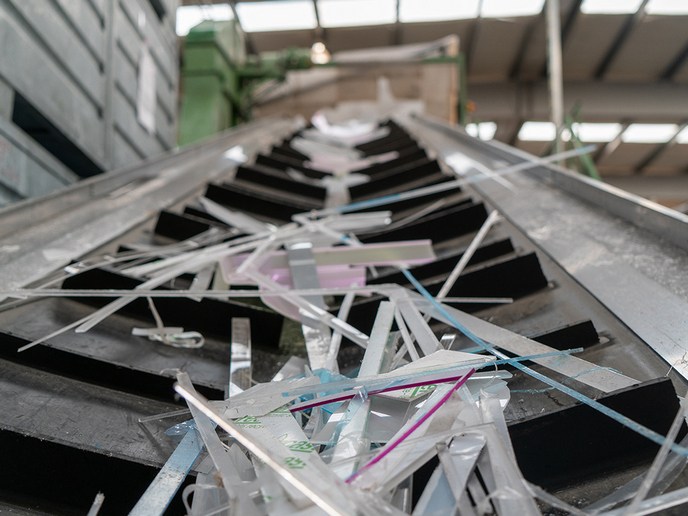New concrete from old buildings
When older buildings and roads are demolished, large amounts of concrete end up in landfills. At the same time, new concrete contributes to pollution, being responsible for about 8.6 % of carbon dioxide emissions worldwide. A way to address this is by recycling end-of-life (EOL) concrete into new concrete by reusing calcium-rich cement paste and silica aggregate. The C2CA(opens in new window) (Advanced technologies for the production of cement and clean aggregates from construction and demolition waste) project studied a new system for recycling and sorting concrete waste material. Researchers worked on three cutting-edge solutions for recycling EOL concrete that involve advanced demolition and building processes. C2CA also helped to create government mechanisms for recycling of concrete from old buildings to new ones. To achieve its objectives, the project investigated waste concrete streams and optimised recycling processes that yield fine cement paste, coarse aggregate and fine binding materials. This was achieved through lab tests, simulations and experiments, as well as through a case study involving industry partners. Tests showed that EOL concrete can be recycled with excellent results, although contaminants such as wood or plastic must be removed at an early stage. C2CA also successfully tested sensing equipment that could be used to make this process more efficient. Previous research has shown that the cement paste attached to concrete aggregate affects the mechanical properties of that concrete. In this light, C2CA developed a faster and more reliable test to measure the quantity of cement paste, using acid instead of water. Another major project achievement was the development of mobile equipment that enables on-site treatment of a large amount of materials. It also results in a significant reduction in road transport. In addition, C2CA completed economic assessments of the innovations developed in the project, showing a reduction in costs for EOL concrete recycling. Ultimately, C2CA will lead to a more efficient use of resources and the application of new, greener technologies. This will encourage growth, create new jobs, improve citizens' quality of life by reducing pollution and will help the EU to meet its environmental and climate goals.







